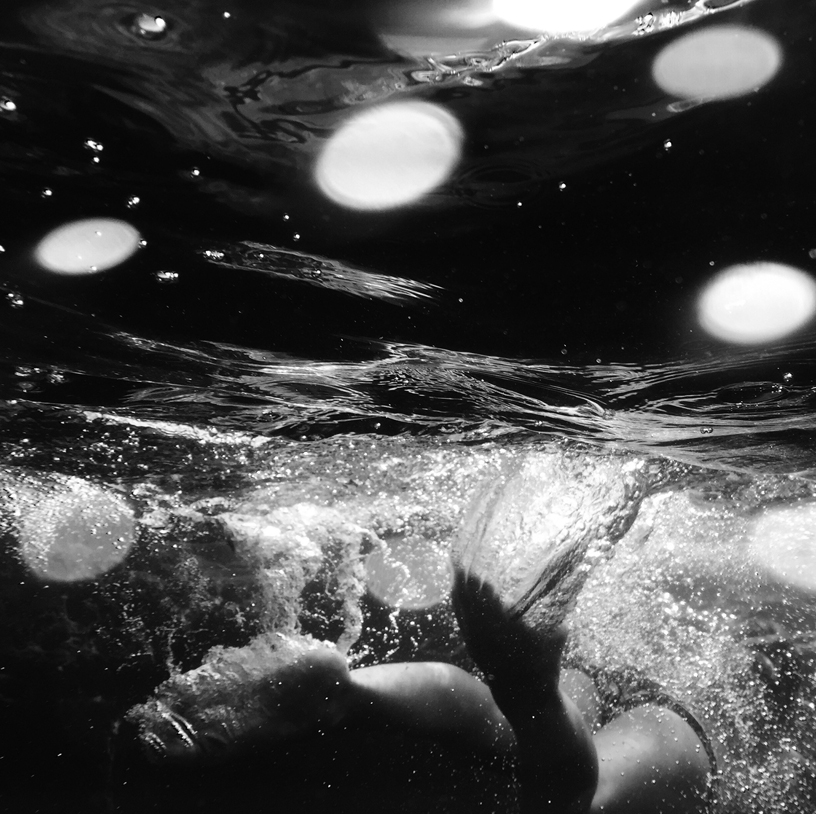Owners of newer iPhones no longer have to deal with water damage for some time. The iPhone 7 already had some degree of water resistance, and every subsequent iPhone has been at least as resistant, if not better, in this regard. However, there are still many iPhone owners among us whose phone is not waterproof.
It could be interest you

The water resistance of the phones is classified official scale which you may know as IPxx, when xx indicates the numerical value of the phone's resistance and IP is short for Ingress Protection, in Czech, degree of coverage. The first number indicates the degree of protection against the ingress of solid particles, the second against water. All levels have standardized results, which the electronic device must achieve in order to have this certification. While the scale of protection against the ingress of solid particles has only six levels, the scale against water has ten. You can read the complete table with an explanation of the individual coverage levels <a href="https://cdn.shopify.com/s/files/1/1932/8043/files/200721_ODSTOUPENI_BEZ_UDANI_DUVODU__EN.pdf?v=1595428404" data-gt-href-en="https://en.notsofunnyany.com/">here</a>.
The first iPhone that was officially certified was iPhone 7, who had protection IP67. A certain, albeit unofficial level of protection, however he also had an iPhone 6S. Another leap forward came with iPhone XS, who offered cover IP68, which they have i current iPhones. However, as it has been proven several times in practice, modern iPhones can withstand it significantly more, than what the certification level would suggest. But what to do with iPhones that (intentionally or not) come into contact with water?
It could be interest you

On its website, Apple lists what to do if you expose your iPhone 7 and later to any major contact with water. In the case of spilling anything other than regular water, Apple recommends the iPhone rinse clean water and to dry. Apple, however, also in its own way covers and the website states that does not recommend For example, iPhones can be used underwater, used in a sauna, exposed to greater water pressure and in other situations that should not cause problems for phones. Paradoxically, however, in the case of the new iPhones, Apple has presented several times how great they are underwater photos and videos the news will lead. Apple further recommends on its website, for example direct drying charging port or speakers (just use cold air from a hair dryer or fan), or knocking out water. At least you shouldn't have a wet iPhone five hours from the "incident" to charge.
There are other unofficial but proven methods to get moisture out of electronics. Someone recommends storing the phone in containers of rice, which should theoretically "pull" the moisture out of the device. In the case of other electronics, a bath in an isopropyl alcohol solution is used, for example, which pushes the water particles away from the device and subsequently evaporates after being removed. However, definitely not one of these methods (and similar ones). they are not officially recommended as a solution to problems after an accidental bath.


My XS was sent to permanent hunting under warranty precisely because of the humidity, even though it was in the rain at most. Warranty repair denied. Did he have a corporate...